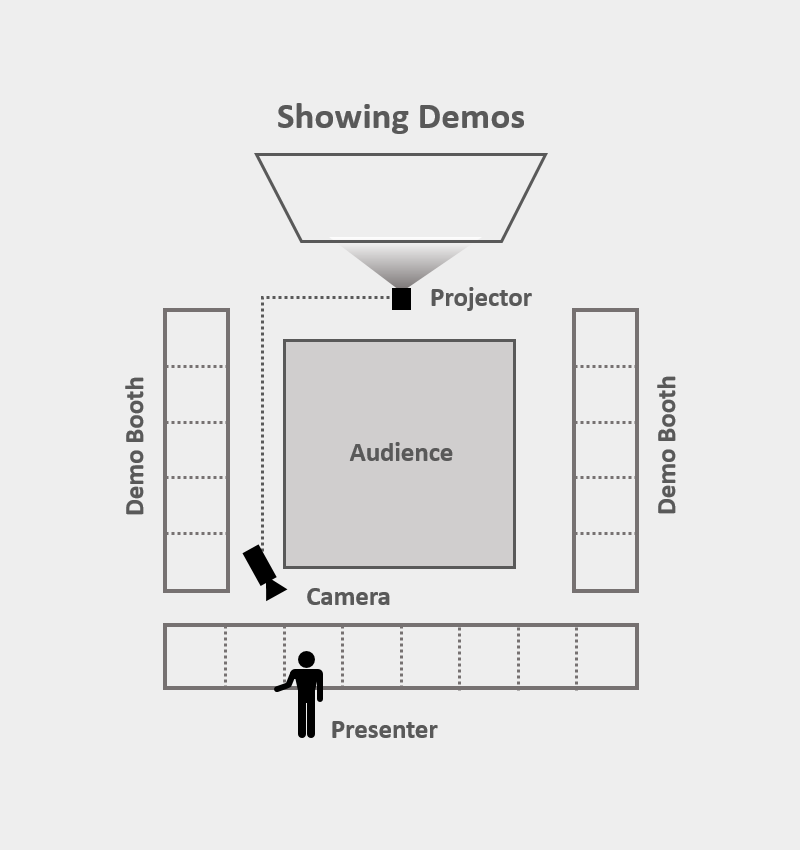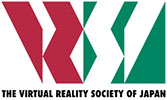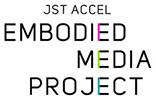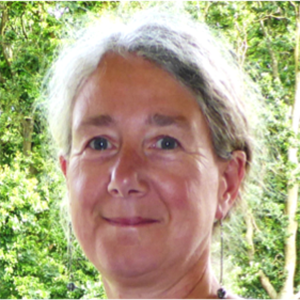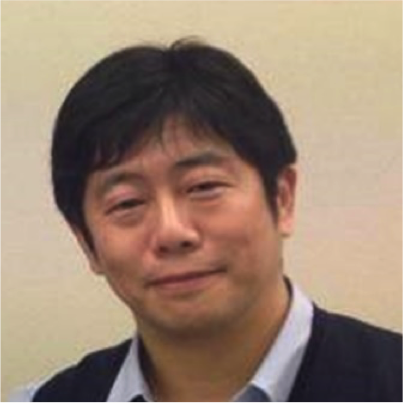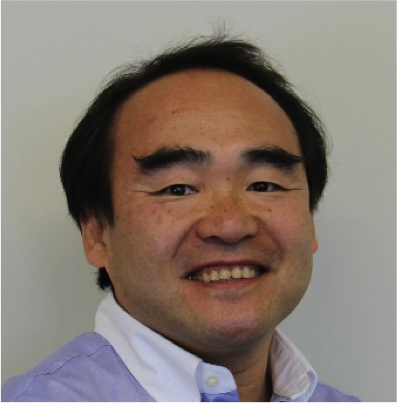AsiaHaptics is a new type of international conference for the haptics fields, featuring interactive presentations with demos. AsiaHaptics welcomes all attendees related to or interested in haptic hardware, human haptic perception, and other haptic applications, from not only Asia but also all over the world. The second conference, AsiaHaptics 2016, will take place during Nov.29-Dec.1, 2016 at Kashiwanoha Conference Center, Kashiwanoha, Japan.
Kashiwanoha is a recently developed “Smart City” in Tokyo Metropolitan Area, where the new campus of the University of Tokyo is situated, conveniently connected to the center of Tokyo by Tsukuba-Express. AsiaHaptics 2016 will be sponsored by Virtual Reality Society of Japan and supported by other Asian academic societies. AsiaHaptics 2016 will be sponsored by Virtual Reality Society of Japan and supported by other Asian academic societies.
AsiaHaptics offer a new presentation style based on demos in the exhibition area like a poster presentation, but you will have a main show time projected your demonstration on the center screen. All submissions are required to prepare a video proposal and will be reviewed by the program committee and external reviewers. Publication style will be abstract proceedings and videos. A full paper (6 pages) is optional.
--- Different from other conferences, it is dedicated to demos.
--- All presentations are based on demos.
--- Submissions are selected by proposal and video. ( 6-pages paper is optional )
--- The conference is also for experiment; audiences are subjects.
Important Dates
- Video proposal submission due:
July 29th, 2016Aug 14th, 2016 (extended) - Tutorial/Workshop proposals due:
August 5th, 2016Aug 14th, 2016 (extended) - Acceptance notification:
August 29th, 2016September 30th, 2016 (revised) - Camera Ready submission due: October 24th, 2016







